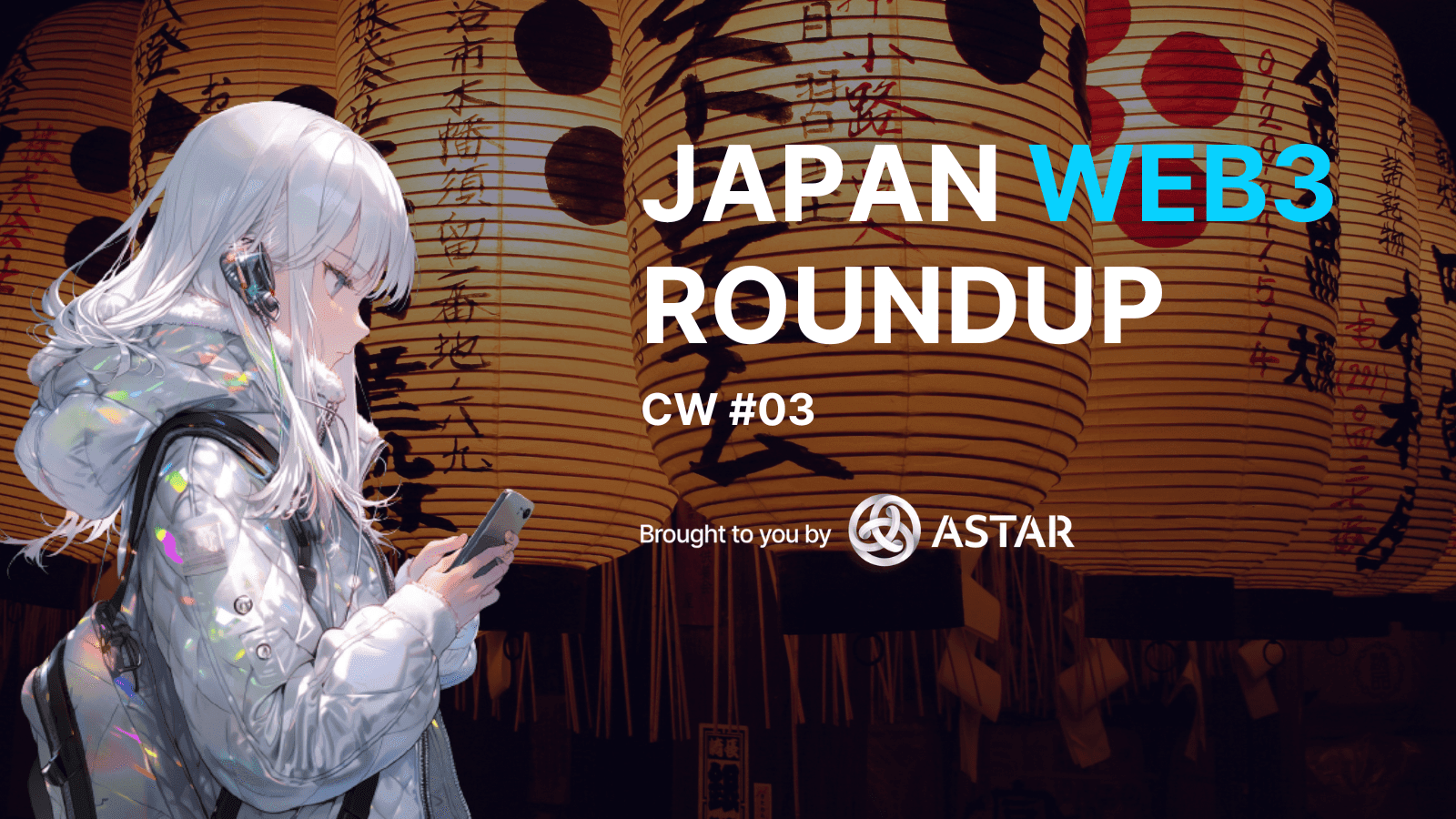Table of Contents
DeNa launches on-chain Trivia
DeNa, a Japanese company offering mobile portals and e-commerce websites, has launched a trivia game on the Layer-2 Base. Trivia. tech is a multiplayer rapid-fire quiz game where players compete to be the fastest to answer. The game features a total of 26 questions related to Web3 and rewards NFTs for players responding the fastest. The basic game is free to play, and the goal is to collect all 26 NFTs to complete the game.
The campaign runs until February but might close sooner if 100 players complete the game before that deadline. DeNa has chosen to build the game as a PWA, meaning users don’t have to download an app but can simply get started in their mobile browser by logging in with wallets like Meta Mask.
So far, the reception has been positive, with 60 players clearing the game and a total of 28,000 quiz attempts in just the first 6 hours of launch. If you want to get in before it closes, head over here.
For DeNa, this trivia is just a starting point. The company plans on developing further games using the NFTs issued while focusing on providing user-friendly, accessible experiences.
Takeaway: The power of casual, free-to-play, on-chain games shouldn’t be underestimated in their potential to onboard people to web3. PWAs offer a way for teams to circumvent the strict app store rules while still offering a smooth, app-like experience. Chances are, we’ll see more of this.
Nomura’s Laser Digital launches yet another Token Platform
Laser Digital, the digital asset subsidiary of the behemoth Nomura Holdings, has announced that they’d be launching yet another web3 infrastructure platform aimed at institutional investors. It’ll be developed in collaboration with WebN, a web3 company support hub.
This platform will be called Libre (not to be confused with the now-dead stablecoin project Libra 👀) and cater to institutions looking to issue and manage alternative assets while remaining compliant with local regulations. Powered by Polygon’s CDK, Libre will enable institutions to leverage Ethereum security to create and issue assets on L2 blockchains. While initially built by a centralized team, the companies look to eventually completely decentralize the platform, allowing issuers and sellers to execute on-chain transactions without intermediaries.
The roadmap for 2024 includes collateralized lending, automated portfolio rebalancing, and increasing usage by entering strategic partnerships and working closely with customers.
Takeaway: Nomura is a giant in the traditional securities market. Unsurprisingly, they’re positioning themselves as a place to go to for tokenizing said securities. Citibank estimates that tokenization will hit a $5 trillion market value by 2030, a lucrative space for the ones owning the platforms to issue and manage tokens. The RWA narrative continues going strong in Japanese TradFi.
Anime Chain Initiative launches
Tengen Uzui, Image Source
Even though the name suggests it’d be a chain for Anime, the aim of the Anime Chain initiative is more specific than that. Recently, AI and blockchain experts in Japan came together to announce the Concept of Anime chain, which should help expand the content ecosystem.
In the first phase, this initiative will establish a preparation committee and the usual paperwork, such as roadmaps. The overall goal of the Anime chain is to address copyright and ethical issues related to generative AI while fostering a secure environment for creators and companies to use generative AI.
Their vision is to leverage generative AI in a healthy, sustainable way to foster the entertainment industry, and contribute to solving issues like a lack of illustrators in the anime production industry. Anime Chain plans to achieve this by providing generative AI services using blockchain-secured opt-in data sets for legitimacy, meaning that right holders have approved the use of the source materials.
For now, it’s unclear how the architecture will look in detail, nor which chain they ultimately settle on (no pun intended). In the future, the initiators also consider issuing tokens and building a DAO, but that’s still far off.
Takeaway: After Japan’s initial approach to generative AI resulted in a backlash by artists feeling that rules favor copycats instead of original creators, a section is now pushing back against allowing free use of copyrighted material for training LLMs. Anime Chain is another approach to ensuring that only materials that have explicit consent from their creator are used. The anime industry needs all the support from the generative AI it can get (and also maybe fans that simply boycott studios that exploit their workers).
Japan Fact: It seems anime can have a noticeable impact on behaviors. Haikyu, for example, was created to show people that volleyball was cool, and after it aired, there was a noticeable increase in high school students enrolling in their volleyball clubs.

